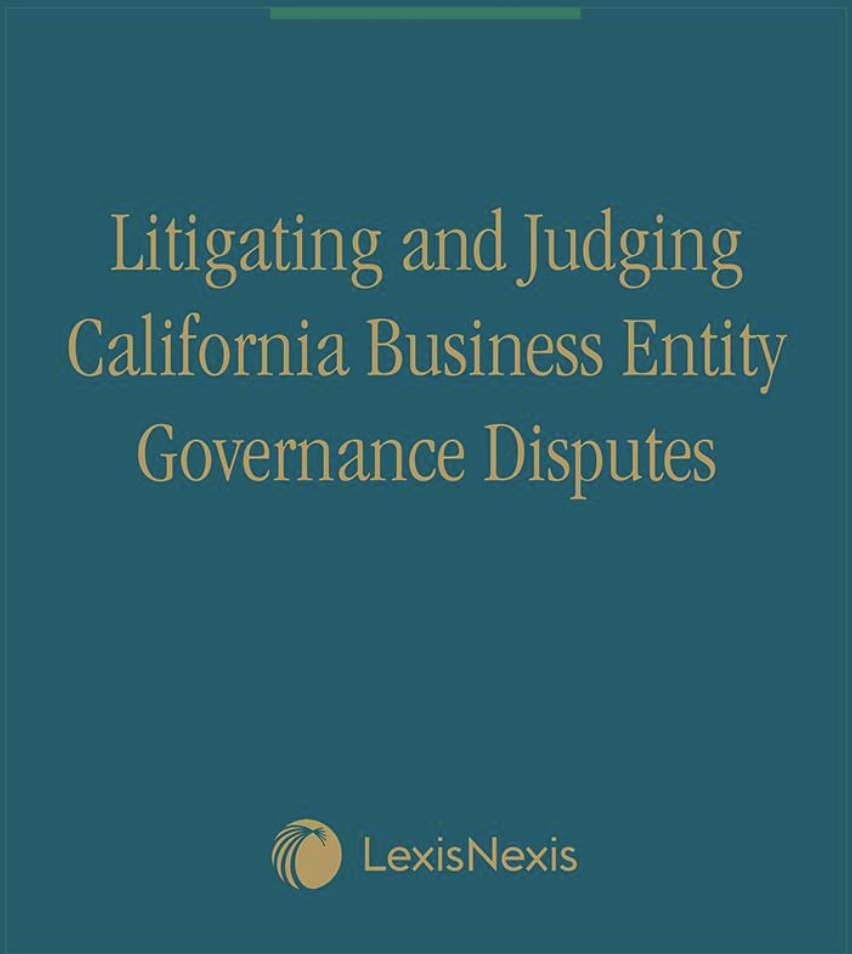In a first of its kind trial, the Securities and Exchange Commission (SEC) has convinced a federal jury in San Francisco to find a former executive of a pharmaceutical company liable for illegal insider trading for purchasing stock options in another pharmaceutical company after he allegedly learned that his own company would be acquired, in an example of what has become known as the SEC’s controversial “shadow trading” theory. Shadow trading is typically defined as when an employee uses confidential information about his own company to purchase stock in another company that is not involved in any transaction with the employee’s company.
In SEC v. Panuwat, No. 21-cv-06322-WHO, pending before Judge William Orrick III, in the U.S. District Court for the Northern District of California, the SEC alleged that Matthew Panuwat, a senior director of business development at Medivation, Inc., a mid-sized oncology-focused pharmaceutical company headquartered in San Francisco, purchased 578 call option contracts in another mid-sized pharmaceutical company, Incyte Corporation, minutes after Panuwat received an email from Medivation’s CEO stating that Pfizer, Inc. was likely to acquire Medivation. The SEC asserted that Panuwat made $107,00 in trading profits after Medivation’s acquisition became public. The jury took only several hours on April 5 to find that the SEC had proved by a preponderance of the evidence that Panuwat had violated the federal securities laws by misappropriating material, nonpublic information in violation of a duty owed to his employer to not profit by the use of confidential information.
Panuwat argued that the SEC had failed to plead and prove that the information at issue was material and nonpublic; that Panuwat breached any duty owed to Medivation; and that he acted with an intent to defraud, or scienter. But he also contended (supported by many in the defense bar) that the SEC was employing a novel application of the misappropriation theory that improperly expanded the law and violated his rights. According to Panuwat, information that may have been material to Medivation could not have been material to Incyte. The SEC, by contrast, argued that the action concerned the standard application of the misappropriation theory of insider trading, upheld by the Supreme Court in U.S. v. O’Hagan, 521 U.S. 642 (1997). The SEC asserted that information about the potential acquisition of Medivation was material to both Medivation and Incyte because the information would be viewed by a reasonable investor as significantly altering the total mix of information concerning both companies. Prior to the trial, Judge Orrick denied Panuwat’s motion to dismiss and for summary judgment. Panuwat may ask Judge Orrick to set aside the verdict. If such a motion does not succeed and there is no settlement, it is likely that the Ninth Circuit Court of Appeals and even the Supreme Court will be asked to evaluate the outer limits of insider trading liability.
The verdict should alert companies to update their insider trading policies to make clear that employees may not use confidential information to trade in the securities of another company if the information is material to that company’s securities.
There is no provision in the federal securities laws that defines or expressly prohibits insider trading. Rather, the SEC brings actions under Section 10(b) of the Securities Exchange Act and Rule 10b-5 thereunder, the basic antifraud provisions of the securities laws. To support a Section 10(b) claim, the SEC must show by a preponderance of the evidence that the person traded while in possession of material, nonpublic information and that the person acted with scienter.
Insider trading generally is divided into two categories. The so-called “classical” theory occurs when an employee trades in his own company’s stock while in possession of material nonpublic information. The “misappropriation” theory, sustained in the O’Hagan decision, applies when a person trades in the securities of another company while in possession of material, nonpublic information obtained from a person or entity to whom the person owed a duty of trust and confidentiality. A securities trader is liable if he “knowingly misappropriated confidential, material, and nonpublic information for securities trading purposes, in breach of a duty arising from a relationship of trust and confidence owed to the source of the information.” SEC v. Talbot, 530 F.3d 1085, 1092 (9th Cir. 2008).
The misappropriation theory typically has been used, for example, to charge employees of a company making an acquisition who used confidential information to purchase stock of the target company, or individuals who misused confidential information obtained from their spouse. SEC Rule 10b5-2 also sets forth when a duty of trust or confidence exists for purposes of the misappropriation theory.
The SEC alleged that Panuwat was responsible for finding, evaluating and pursuing acquisition possibilities for Medivation, and therefore was aware of developments in the pharmaceutical industry. In March 2016, Medivation was approached by an unsolicited offer to purchase the company, which resulted in a months-long sales process. Panuwat purportedly was aware that Incyte was a comparable, mid-sized oncology-focused company. Panuwat was privy to confidential information about the sales process, and having signed the company’s insider trading policy, knew he could not trade in the securities of another company based on confidential corporate information. On August 18, 2016, Medivation’s CEO sent an email to company executives, including Panuwat, indicating that Pfizer had “overwhelming interest” in acquiring Medivation and would shortly resolve final details concerning the acquisition. According to the SEC, seven minutes after receiving the email, Panuwat purchased the Incyte call options with a short expiration date, although he never previously had traded in Incyte stock or options. The jury presumably concluded that Panuwat’s actions showed that he believed that the information was material to Incyte; Panuwat testified that he wasn’t even sure that he saw the CEO’s email. Panuwat profited by selling his stock after Incyte’s stock price rose by 7.7% when the Medivation acquisition was publicly disclosed.
Panuwat argued that information about the Pfizer-Medivation was not material to Incyte and that he had no material nonpublic information concerning Incyte. He also contended that he did not breach any duty owed to Medivation because the insider trading policy did not prohibit him from trading in Incyte securities. Panuwat also asserted that he did not act with scienter because he did not actually use any material nonpublic information in deciding to purchase Incyte options. These arguments were rejected by the court and presumably by the jury.
Judge Orrick, in rejecting Panuwat’s motion for summary judgment, held that the SEC’s theory of liability fell within the general framework of insider trading, as well as the “expansive language” of Section 10(b) and corresponding regulations. The court stated that:
“Whether information about an acquisition of Company A is material to Company B (or Company C, D, or E) will depend on any number of factors, as established in [the case law]. If those factors are not met, the information will not be material and the trader will not be liable. And if the information is material, the trader will not be liable unless he acted with the requisite intent to defraud. An ordinary trader understands that buying or selling securities with such an intent is prohibited by law. So long as the trader does not act with scienter, he will not be liable for insider trading.”
Having triumphed in this action, the SEC will be eager to pursue the shadow trading theory in other cases. It remains to be seen whether the result in Panuwat will be sustained by appellate courts and/or followed by other district courts.
For more information regarding Alto Litigation’s litigation practice, please contact one of Alto Litigation’s partners: Bahram Seyedin-Noor, Bryan Ketroser, or Joshua Korr.
****
Disclaimer: Materials on this website are for informational purposes only and do not constitute legal advice. Transmission of materials and information on this website is not intended to create, and their receipt does not constitute, an attorney-client relationship. Although you may send us email or call us, we cannot represent you until we have determined that doing so will not create a conflict of interests. Accordingly, if you choose to communicate with us in connection with a matter in which we do not already represent you, you should not send us confidential or sensitive information, because such communication will not be treated as privileged or confidential. We can only serve as your attorney if both you and we agree, in writing, that we will do so.
The materials on this website are not intended to constitute advertising or solicitation. However, portions of this website may be considered attorney advertising in some states.
Unless otherwise specified, the attorneys listed on this website are admitted to practice in the State of California.




















